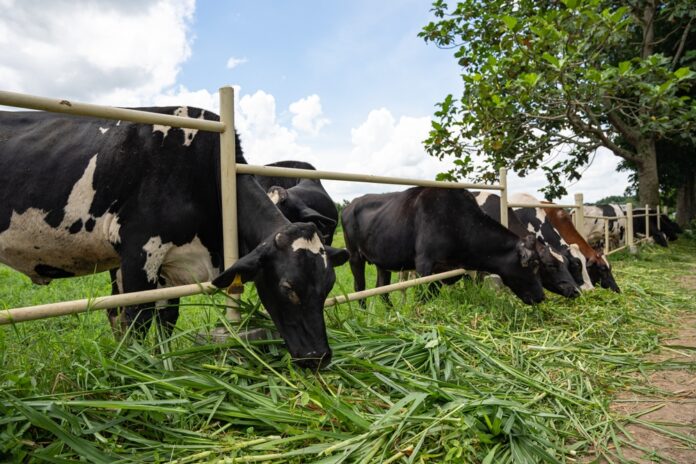The expanding number of dairy animals in the Philippines allowed the industry to report a 3.8 percent rise in milk production to 7.45 million liters in the first three months, up 3.8 percent from only 7.18 million liters last year, according to data from the National Dairy Authority (NDA).
The NDA reported a 58.7 percent rise in first-quarter dairy animal herd inventory of 151,269 heads helping push local milk production higher during the period from the year-ago inventory of only 95,296 heads.
Of this year’s first-quarter inventory, dairy cattle counted 31,366 heads contributing 64 percent of the milk produced. Dairy carabao counted 75,771 heads or 26 percent of production while goat inventory counted 37,538 heads or 10 percent of all the milk produced by the industry.
But while local production certainly improved, this equaled only 4.9 percent of net supply last year to 765.05 million liters, down 0.4 percent from 768.12 million liters a year earlier.
The bulk of milk and dairy products supply, the NDA said, are from imports reaching 757.60 million liters in the first quarter this year. This represented a 0.4 percent decline from 760.94 million liters last year. This also helped diminish the dairy import bill by 22.72 percent to only USD294.26 million from last year’s dairy import bill of USD380.77 million.
NDA data show skim milk powder formed the bulk or 44 percent of imports followed by other milk powders of another 34 percent and liquid milk of only 4 percent.
New Zealand was the lead source of imported dairy products accounting for 32.8 percent of dairy imports followed by the US with 22.1 percent, Indonesia, 5.3 percent, Denmark, 4.8 percent and Ireland with 3.9 percent.
Although not self-sufficient in terms of milk and dairy production, the Philippines nevertheless exported 12.30 million liters of milk in the first three months this year, down 3.9 percent from 12.80 million liters last year.
The NDA said ice drops, ice milk, cream, cheese and whole milk powder were big Philippine export items destined for Singapore (16.6 percent), United Arab Emirates (11.9 percent), US (11.8 percent), Canada (10.9 percent), and Malaysia (8.5 percent).







